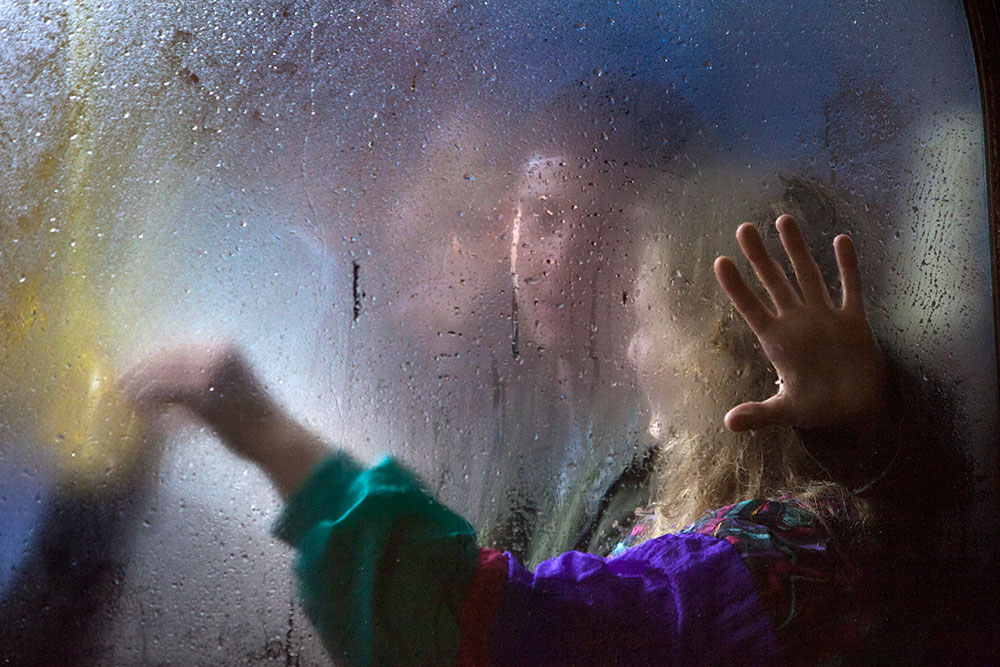Picture Of The Week

Outdoor Rituals
by Martin Waltz

Martin Waltz & his Friend Tobias Ueberschear introduce you to the world of hunting in traditional Germany, showing every act from beginning to end. This series is nothing for the squeamish photographers amongst us since it shows the processing of a dead deer. But it shows the import work of hunters in our eco-system.
How I earn $200.000 a year
by Eric Kim

I earn the bulk of my income through teaching workshops. The secret is to charge more money for workshops.
I think workshops are great for photographers, because nowadays people want to spend money on experiences, and people want to learn.
A lot of photographers like to complain that the internet has fucked up the photo industry– that nowadays ‘everyone is a photographer.’
I say fuck that– everyone is a photographer. Your mom and her iPhone is a photographer. We got several billion photographers in the world — anyone with a smartphone camera is a photographer.
To me, this is a massive opportunity.
How much money can you really earn with Street Photography? I wrote an article before, that shows you how the business model of a Street Photographer could function.
How Photography Shaped Our Narratives of the Vietnam War

Meet Nick Út, one of the most internationally recognized photographers of the Vietnam War. The Pulitzer Prize-winning photojournalist just retired in March after 51 years of working for the Associated Press news agency.
Út became famous for a photo of a young girl (Kim Phúc) nearly burned to death by a bomb dropped by a South Vietnamese plane, taken in a village being overtaken by North Vietnam forces. A photo that many credit or blame, depending on whom you ask, to have changed the tide of the Vietnam War. The black-and-white photo is loud and shocking. When viewing it, we first grapple with the naked, crying young girl in the foreground, her singed skin against the backdrop of napalm smoke. The cries from running villagers in the photo become nearly auditory.
The abstract and beautiful street photography of Nick Turpin

Around three years ago, I was sitting in a café in East Dulwich in southeast London waiting for a friend. It was winter. As I was looking out of the window, I noticed the commuter buses ferrying passengers from the City of London and dropping them off around areas such as Dulwich and Forest Hill. It was a cold, wet night and I quickly noticed how beautiful this observed mundane scene was through the window of the café.
Every time a bus pulled in, it was like a survey or study of the types of people who commute every evening on London’s buses. On just one bus, you’d see all ages and classes sitting together, ranging from businessmen and students to the elderly. It was extraordinary to me and I knew there had to be a device or project here that could form a series of portraits of Londoners. It’s been three winters since that revelation, and the result is a book called On the Night Bus, published by Hoxton Mini Press.
Roger Mayne, figure of the post-war British photography

His street pictures don’t have the geometric compositions of Cartier-Bresson but capture the atmosphere of the time very well. In particular, Mayne took pictures of children in the street in London and elsewhere in the 1950s and 1960s, something which would surely have got him into trouble if he was doing it now, even though the pictures are perfectly innocent. What is amazing about these pictures is just how unselfconscious the children are, he captures their games and interactions as if he is not there. Apparently this involved a lot of waiting around, to the point where he almost became almost invisible to the participants. This is even more surprising as Mayne was using a folding Ikonta roll film camera, not an obvious choice for street work, but proof of what can be achieved if you are dedicated enough to your art.





















